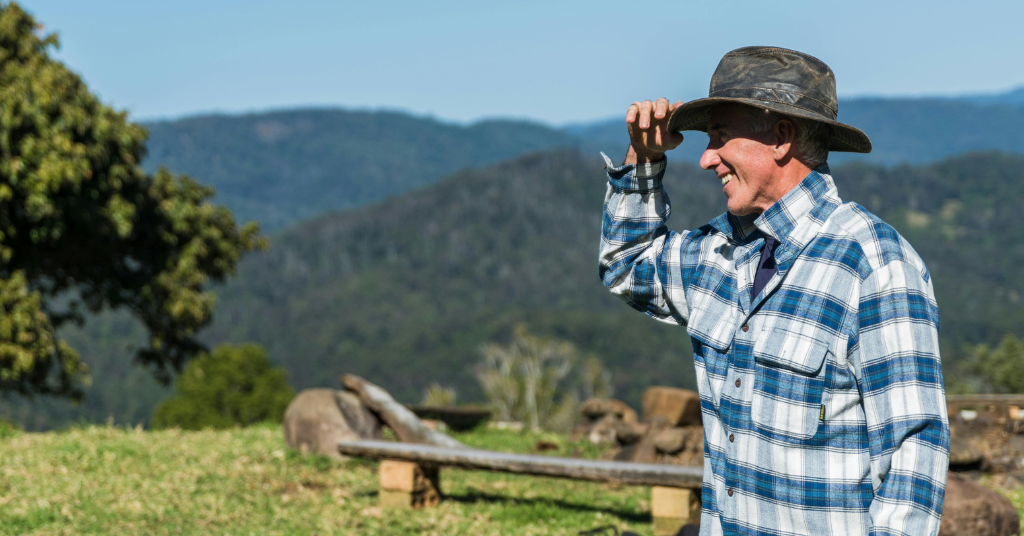The allure of living off the grid is growing as more people seek a lifestyle that prioritizes sustainability, independence, and a deeper connection with nature. Living off the grid involves stepping away from conventional utilities and embracing a self-sufficient way of life. This guide will explore the core components of off-grid living, including renewable energy sources, water conservation, and growing your own food, providing you with practical steps to start your journey toward a more sustainable existence.
1. Harnessing Renewable Energy
– Solar power: Solar power is one of the most popular and accessible renewable energy sources for off-grid living. Installing solar panels on your property allows you to capture sunlight and convert it into electricity. Key considerations include:
– solar panel placement: Ensure your panels are positioned to receive maximum sunlight exposure throughout the day. This usually means placing them on a south-facing roof or installing them on a ground-mounted system with an optimal angle.
– Battery storage: Invest in high-quality batteries to store excess energy generated during sunny days for use during cloudy periods or at night.
– System maintenance: Regularly clean the panels and check the system for any issues to maintain efficiency.
– Wind power: Wind turbines can complement solar power, especially in areas with consistent wind patterns. When setting up a wind turbine:
– wind asessment: Evaluate the average wind speed in your area to determine if it’s suitable for wind energy generation.
– turbine placement: Install the turbine in an open area free from obstructions to maximize wind capture.
– Hydro power: If you have access to a flowing water source, such as a river or stream, a micro-hydro system can provide a reliable and continuous source of energy.
2. Rainwater Harvesting
Collecting and using rainwater is a practical way to reduce reliance on municipal water systems. Implement a rainwater harvesting system by:
– installing gutters: Set up gutters on your roof to channel rainwater into storage tanks.
– storage solutions: Use barrels or larger cisterns to store collected rainwater for various uses, including drinking, cooking, and irrigation. Ensure proper filtration and purification to make rainwater safe for consumption
– Greywater recycling
Greywater, which comes from sinks, showers, and washing machines, can be recycled for use in irrigation.
3. Growing your own food:
Growing your own fruits, vegetables, and herbs can reduce your dependence on store-bought produce and enhance your self-sufficiency. Key steps include:
– soil preparation: Test and enrich your soil to ensure it’s suitable for growing a variety of plants.
– companion planting: Use companion planting techniques to maximize yields and reduce pest problems.
– seasonal planning: Plan your garden according to the growing seasons in your area to ensure a continuous harvest.
If space and resources allow, raising animals like chickens, goats, or bees can provide additional food sources and benefits such as eggs, milk, or honey.
4.Composting:
Composting organic waste reduces landfill use and produces valuable fertilizer for your garden. Start a compost pile by:
– Adding materials: Include a mix of green (nitrogen-rich) and brown (carbon-rich) materials, such as vegetable scraps and dry leaves.
– Turning the pile: Regularly turn the compost to aerate it and speed up decomposition.
Living off the grid requires careful planning and commitment but offers a rewarding path toward a sustainable and self-sufficient lifestyle. By harnessing renewable energy, conserving water, growing your own food, and managing waste responsibly, you can create a harmonious and eco-friendly home. As you embark on this journey, remember that every small step towards sustainability contributes to a healthier planet and a more resilient future.
Sources and references:
https://brightly.eco/blog/guide-to-self-sufficiency-and-sustainable-living




